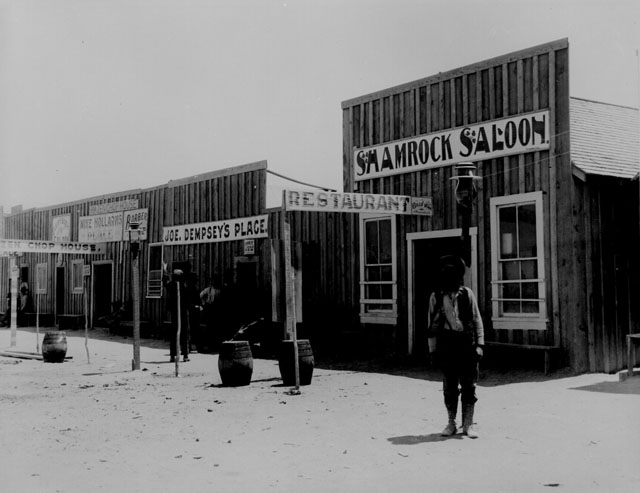Hazen
Before Hazen ever existed, J.M. Sturdevant operated a station near here along the road from Wadsworth to points further east. Sturdevant Station was probably active starting in the late 1870s.
In 1903, Hazen was established as a community for workers on the Newlands Project. A post office opened on April 25, 1904. Its location on the Southern Pacific Railroad line also made it an optimum choice for a railroad junction to serve Tonopah and other mines further south. The first train on what was called the Nevada & California Railroad rolled through to Tonopah in 1905. The following year, a line was constructed to Fallon. A depot and roundhouse were constructed and Hazen became a bustling railroad location.

Hazen was also the location of Nevada's last lynching. William "Red" Wood, a morphine addict and saloon owner, was suspected of killing his business partner and known as a "notorious thug and all around bad man." One night, he was caught in the act of robbery outside the Hazen depot. After being locked in Hazen's wooden jail, he was later busted out by an anonymous mob and strung up from a telegraph pole on February 28, 1905.
A large fire almost destroyed Hazen in 1908, but the town persevered. As improvements were made on highways (the Lincoln Highway in particular), the rail lines became unprofitable and eventually service to Tonopah ceased. The line is now truncated to only serve the Army Base in Hawthorne, and the Fallon line only sees infrequent traffic. The post office closed temporarily in 1977, although it never reopened and was officially declared 'closed' on June 25, 1979. Today Hazen still holds onto a small population; mostly ranch owners.


































